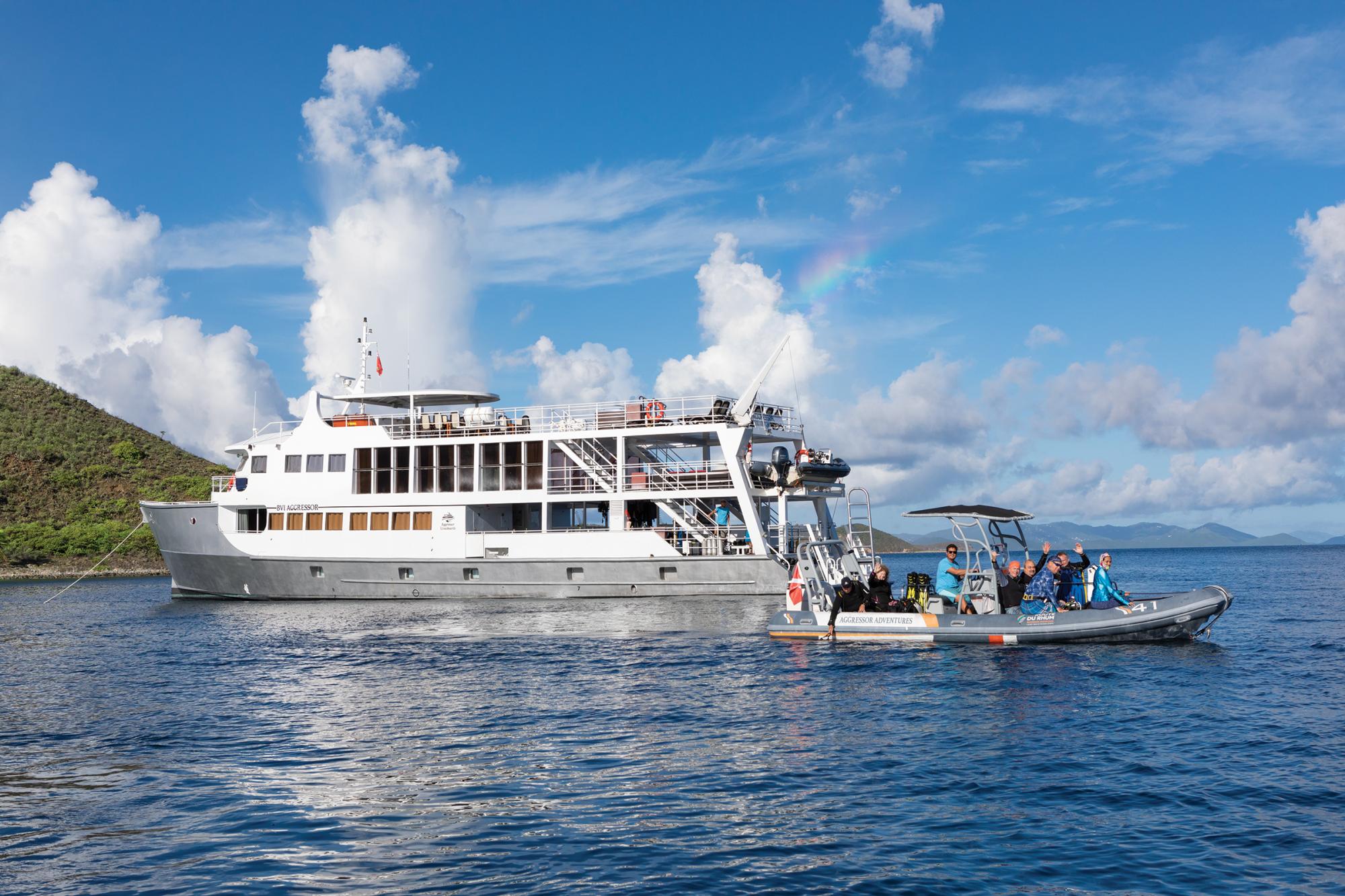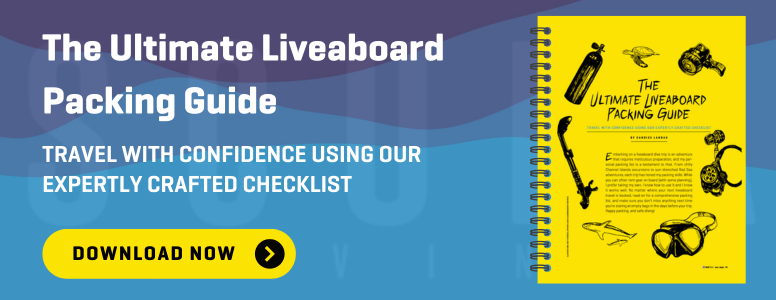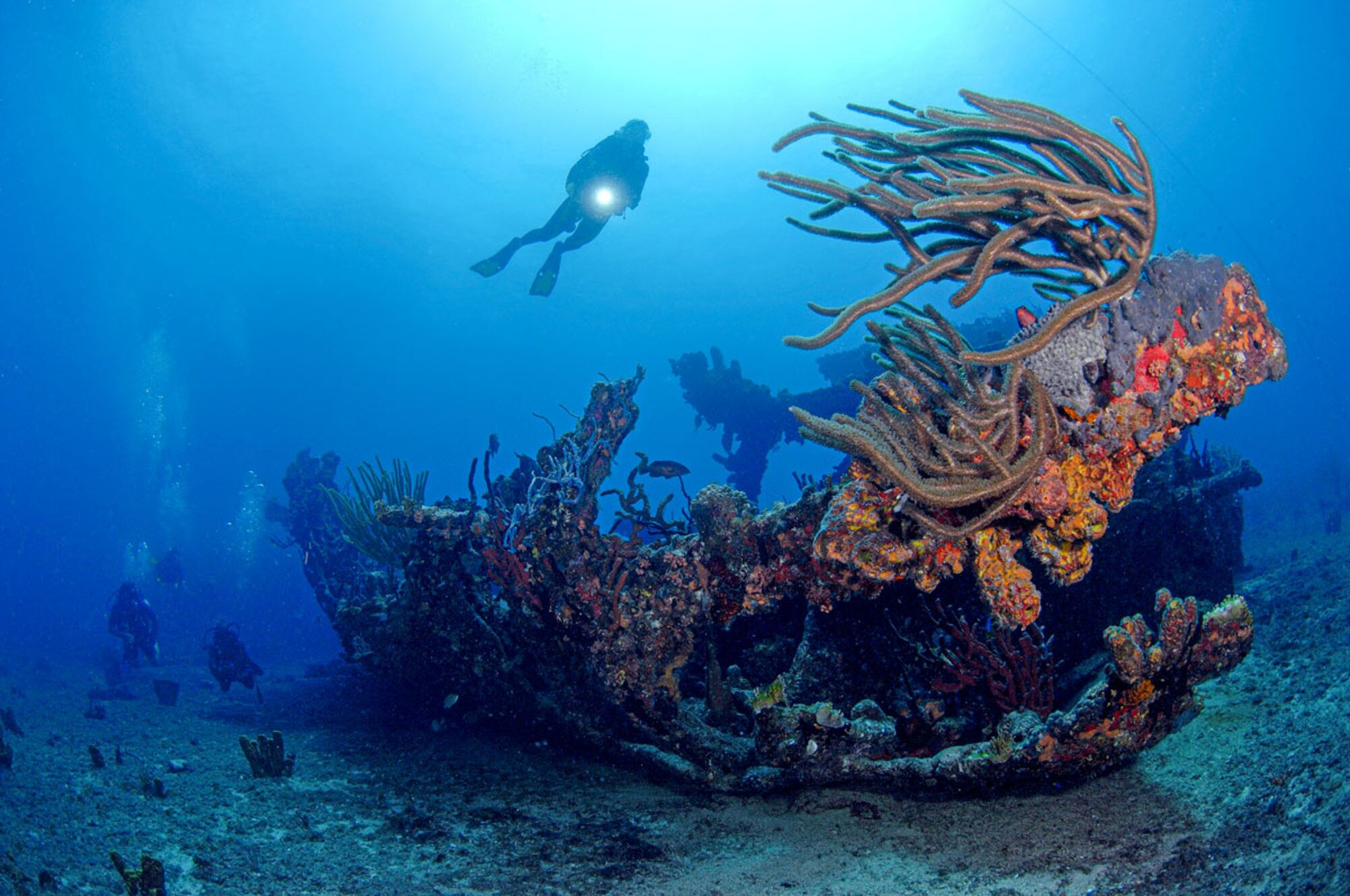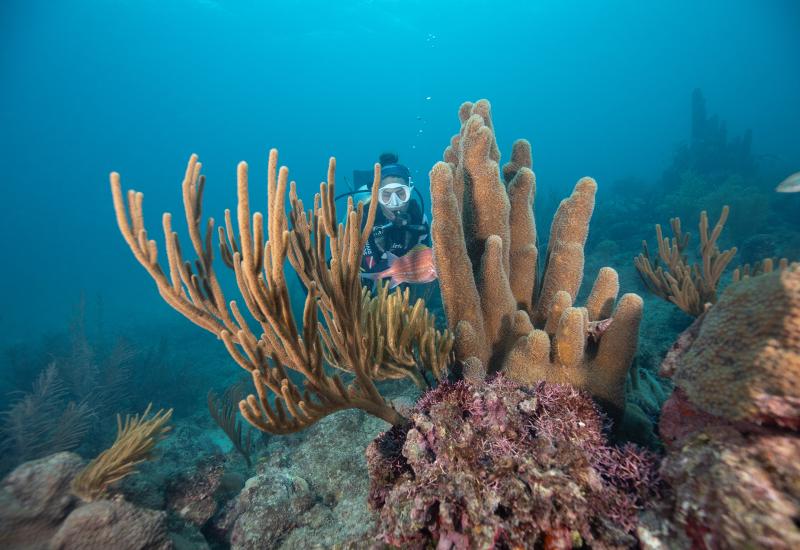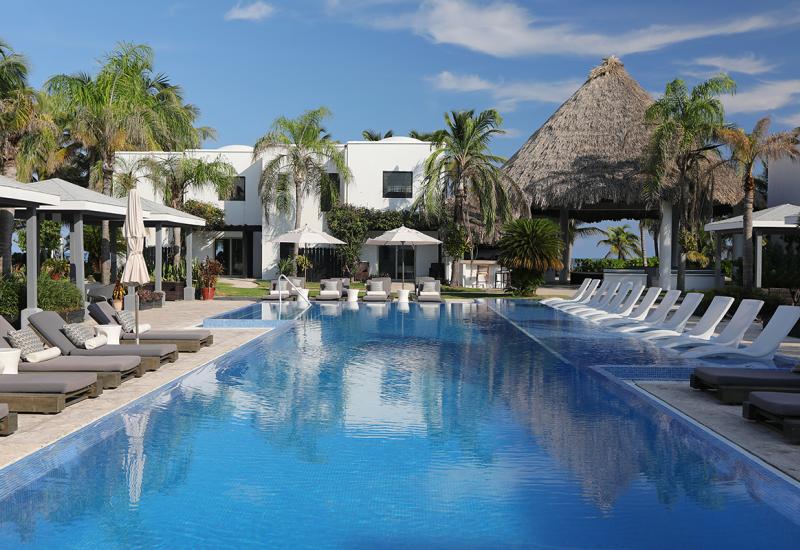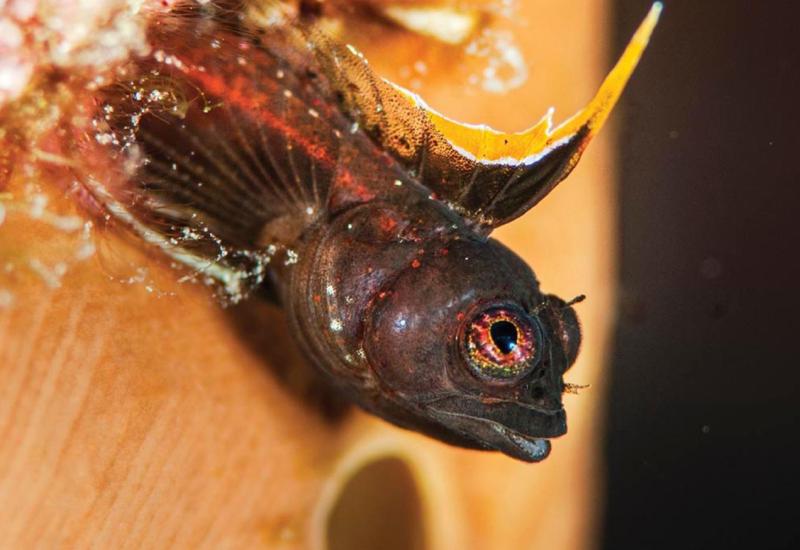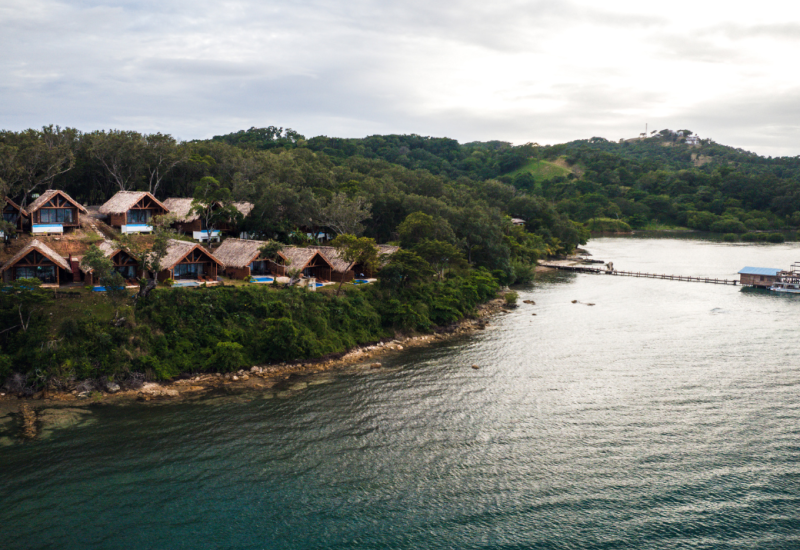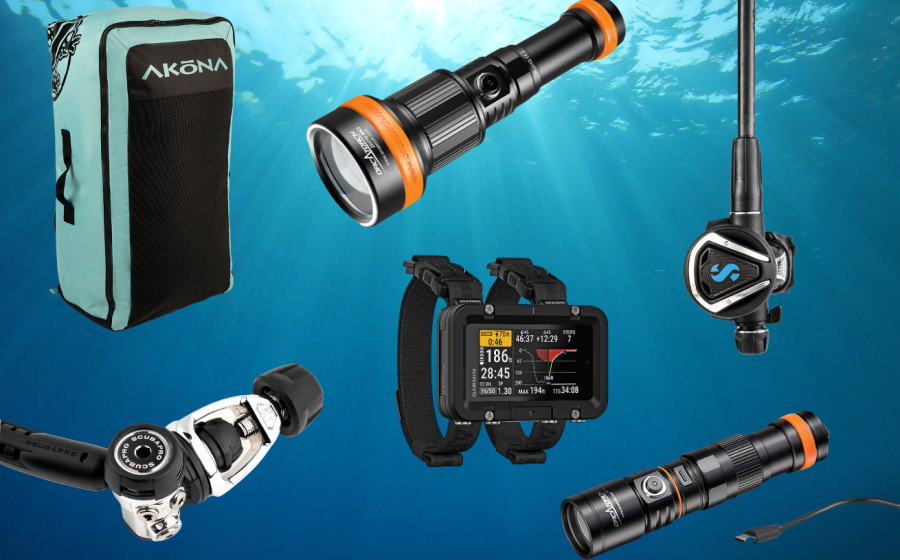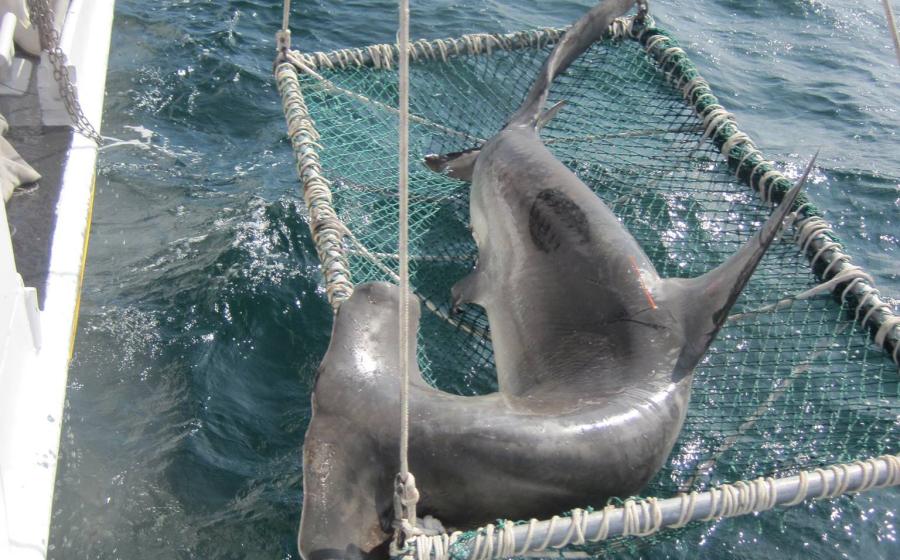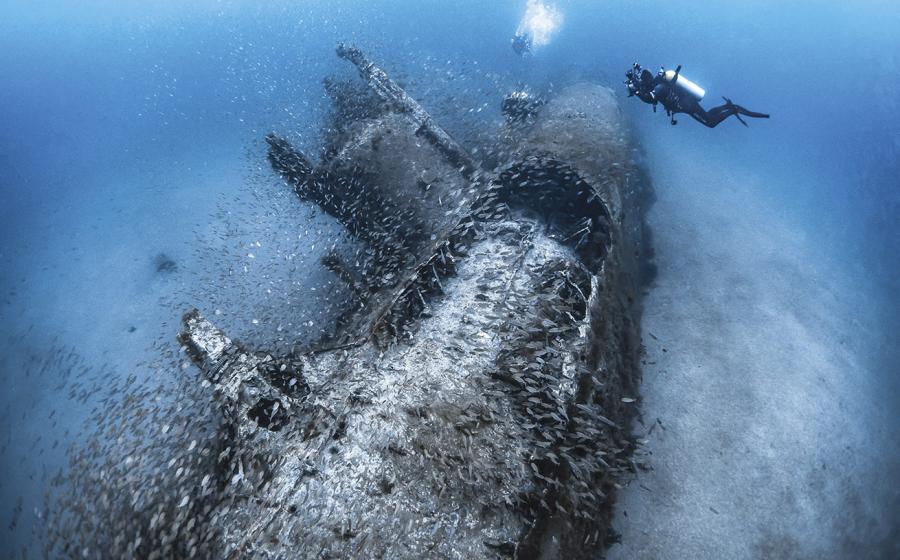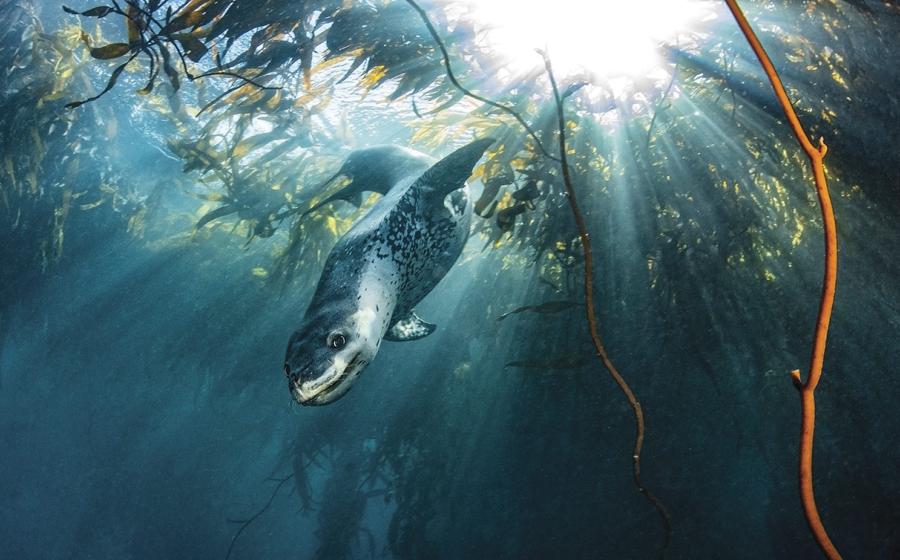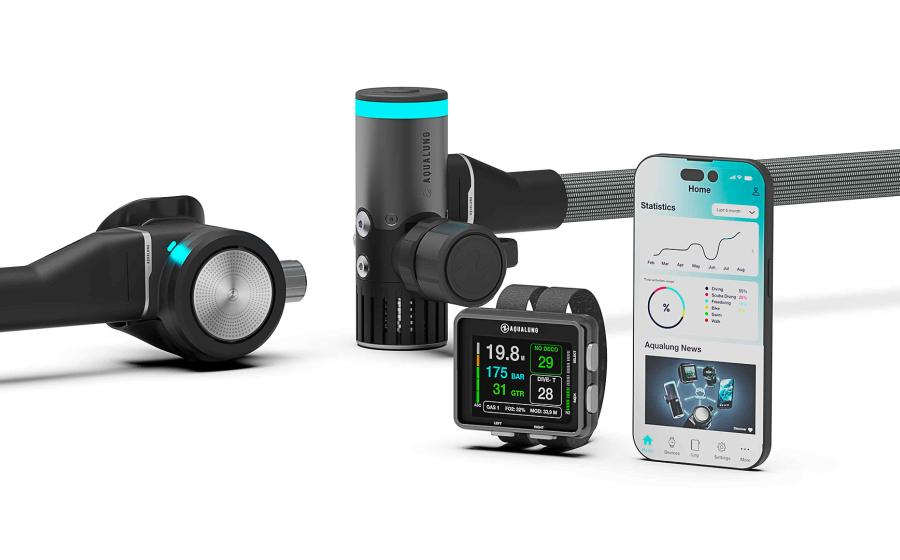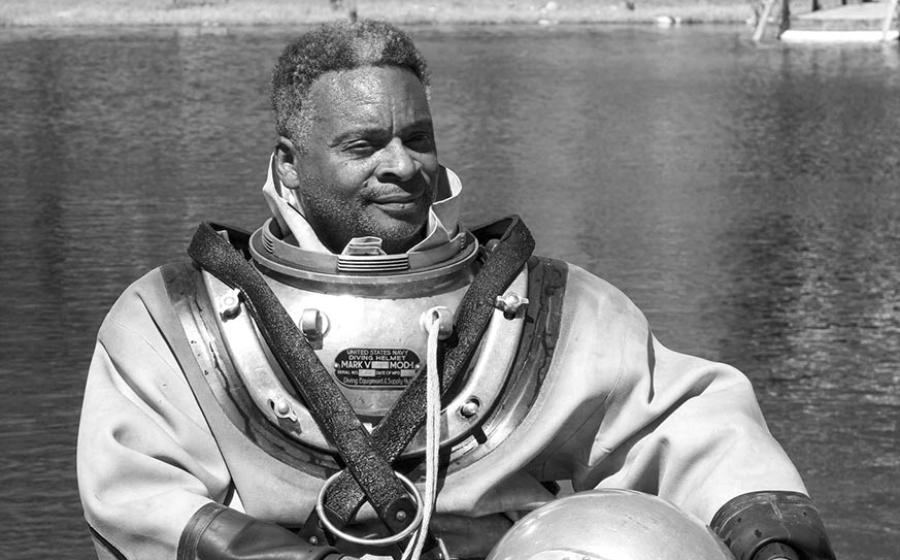How to Pack for a Liveaboard Dive Trip
If there’s one document I’ve shared a dozen times over with dive buddies, it’s my cold-water diving packing list. Composed partly out of necessity—I had to prepare for a liveaboard dive trip in the Channel Islands—and partly of a desire to help others, it has more than earned the megabytes it hoards.
Out of this list have sprung multiple other lists, baby packing lists with a shared genetic code: a version for divemasters assisting with a class, a version for open water students doing their checkout dives, and now, finally, a version for liveaboard diving.
Before we dig into the delectable sprawl of succinct packing orders I’m going to give you, I’d like to prompt you to think about a few things first. If you just want the list, keep scrolling.
1. Why don’t we just have one-list-to-rule-them-all?
Firstly, why the need for a separate list? Isn’t a land-based packing list the same as a liveaboard packing list? Well, in part, of course, the two are similar. It’s still just a list of the clothing, gadgets and dive gear. The primary reason I’ve chosen to separate the two has to do with the extra constraints imposed by dive travel.
Usually, liveaboard dive trips mean traveling to some far-flung destination—the British Virgin Islands, the Red Sea, Galapagos. When you’ve got to pack everything you need for a week or more, that 50-pound luggage allowance stops looking very generous, especially if not everything you own is made of carbon fiber. Furthermore, dive boats often have some supplies on board. For example, you’d never think to pack lead weights or scuba tanks.
This new and revised list (an offspring of my first baby: my cold-water diving packing list) has further been tried and tested aboard the last liveaboard trip I took with Aggressor Adventures.
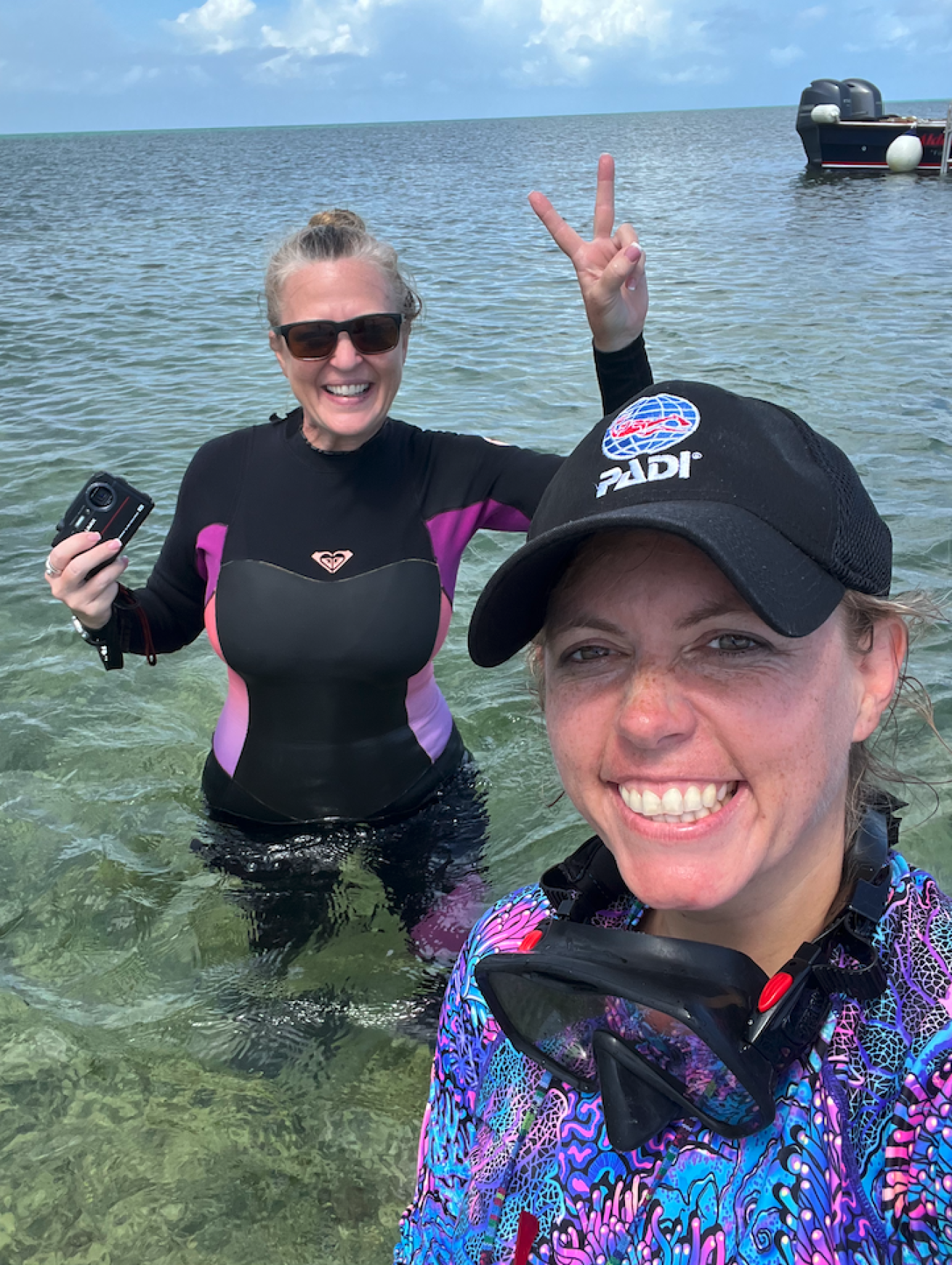
Candice LandauSometimes it’s bright and raining at the same time! The author and her colleague, Linda Sue, in Cozumel.
2. Is it going to be a bright, bright sunshiny day?
The next thing you’ll want to think about before you start packing is the weather. If you’re diving a cold destination, a deck jacket or beanie might be necessary, as well as thicker exposure protection—think drysuits. If you’re jetting off in the midst of monsoon season, it will be a rain jacket, and of course, in cheerier climes, a vat of sunscreen, sunglasses, and a hat.
It’s a good idea to research water temperature at the same time, after all, there can be significant variations depending on whether you’re traveling in winter or summer. Companies like Aggressor Adventures make it easy as they list all the details on their website.
3. Consider the purpose of the trip
Ah, how much this changes. Going to take photos? Well, you may just need an entire suitcase for photography equipment, I know I do!
For some of us, liveaboard dive trips are a break from long days behind a computer screen, for others, a reason to practice photography or videography. For me they’re an opportunity to have an adventure I can later share with you. My tools of the trade include multiple notebooks, wet notes, a recorder, books about the location, fish id slates, and that very heavy bag of carry-on camera gear. Make sure to add your own portion of the list in line with the things that bring your diving purpose, even if that’s just a hairband so you drift in the current and peace out, mask free of hair as others squint into the tiny camera screen in front of them.
4. Think about renting
I’m a renter, not a homeowner. There are a few reasons for this but chief amongst them is my desire to travel and not be too locked down. In the same way, if you need more freedom (less luggage, or more space in your luggage for other excursions), you might also want to consider the virtue of not being tied down by all that weight.
On many dive liveaboards, you can rent most of your gear, though you’ll need to give them plenty of advance notice so they can ensure they have the things you need in the correct size.
And while I claim to be a renter, when it comes to dive gear, I’m an owner. That’s because I know my dive gear and I trust it. My regulators are well-made, and I know when they were last serviced. I also know how to use my dive computer, and I prefer my backplate and wing to the traditional recreational BCD most operators will provide. All-in-all I’m a picky thing, so I usually bring my own dive gear. Renting gear is, however, something I’d consider depending on the circumstances.

Candice LandauA day excursion to Cane Garden Bay and nearby Callwood Distillery. This trip required snorkeling equipment!
5. Land ho!
Finally, don’t forget to pack for land-based days! Who knows what excursions you’ll have the opportunity to explore. Either way, don’t get so focused on dive gear that you forget the rest of the trip. After all, before we were obsessed divers, we were also probably avid travelers. You might just want to do a bit more of that traveling while you’re out there.
The Ultimate Liveaboard Packing List
If as you peruse this list you feel I’ve forgotten something, reach out to me on Instagram or Twitter.
The baggage itself
Make it soft, if possible, make it stowable, make it light in its own right.
- Checked bag
- Carry-on bag
- Personal item
Extras
- Dry bag
- Packing cubes/bags
- Baggage locks
- Portable luggage scale
- Luggage tags (dan or padi)
Special find: 4Monster lightweight travel backpack. This one’s a fantastic option if you’re pairing diving with land-based touring or hiking.
Living space on a liveaboard is pretty tight, if you bring a lot of hard luggage you might find yourself limited on space. Things you can compress don’t cause as much of a problem. Personally, I don’t worry about mesh bags on a liveaboard as usually you set up your gear the moment you walk on and leave it that way until you get off the boat. I only pack a drybag in case we have a tender/zodiac to ferry us from site to site. I like to put a snack and my phone in the bag.
Exposure protection
For warm water
- 1-2x Rash guards or 3mm wetsuit
- Thin gloves (wreck diving, pulling yourself down anchor/current line)
- Boots
- Wet socks
- Swimsuits
For cold water
- 5 or 7mm wetsuit/farm john
- Rash guard (use for base layer)
- Hood
- Boots
- Wet socks
- Neoprene gloves
- Swimsuits
For colder water
- Drysuit
- 1-2x base layer (if drysuit)
- Thermals
- Gloves (dry or wet gloves)
- Base layer gloves (if dry gloves)
- Heated vest (optional)
- Thick thermal socks
- Boots
Rash guards are great for keeping you warm. If you want something that makes getting into your wetsuit easier and that offers some protection from the sun, I highly recommend SlipIn SurfSkins. They’re thin, slippery and beautiful in photos!
General Clothing
I won’t compile your clothes packing list for you but I will mention a few things you’ll want to remember to bring, depending on the weather. I’d also recommend you add your own section for toiletries. My toiletries bag is now a work of art, including only the necessities and miniatures of the essentials like SPF face cream and a mini razor.
If it’s cold or wet
- A deck jacket for warmth
- A rain jacket
- Gloves
- Beanie
If it’s warm
- Sunhat
- Flip flops that don’t fall off easily
The Essentials
- BCD or backplate and wing (including harness, single-tank converter, bolts)
- Weight pockets (for BCD or harness)
- Primary and secondary regulator
- Depth gauge
- SPG
- Compass
- Dive computer (and backup)
- Fins
- Mask (and backup mask if you’re paranoid like I am)
- Snorkel
- Cutting devices (Shears, z-knife, knife)
- Surface marker buoy
- Reel/spool
- Flashlight
- Backup flashlight
- Tank marker light (for night diving)
Nice to Have
- Whistle or noise maker
- Personal GPS or Nautilus Lifeline
- Fish ID slate
- Maps of the site
- Guide books
- Writing slate or wet notes
Save-a-Dive Kit
Most liveaboards will have the basics—o-rings, wrenches, etc but if you have something specific that they my not have, pack it! For example, if you’re diving a drysuit in really cold water be sure to pack spare wrist seals.
- Spare mouthpiece
- Spare mask strap
- Zip ties
- Spare bolt snap or double-ender
- Aquaseal or drysuit glue
- Spare wrist or neck seal (drysuit)
I attach double-ender bolt snaps to my flashlights, camera, SMB and backup mask. It makes things easy to find and ensures I don’t drop them when taking them out of a pocket.
Miscellaneous
- Scuba certification cards
- Dive insurance card or number
- Dive logbook (if physical)
- Sunglasses
- Microfiber towel
- Book or magazine
- Writing implements
- Cash tips
- Trash bags (for wet gear on return)
You could just subscribe to PADI Club and take your physical magazine on board of course.
Personal Items for the Flight
- Book or kindle
- Earphones (wired for the plane)
- Phone charger
- Passport and visa
- Foreign currency
- Universal power adapter
Electronics
- Flashlight batteries
- Flashlight chargers
- Power strips
- Laptop and charger
- Universal battery charger
- Adapters for plugs
Safety and Health
- Prescription medications
- Sunscreen
- Sea-sickness medication
- Insect repellent
- Hand sanitizer
- Ziplock bags
- Water bottle
- Snacks (I adore Beyond Meat Jerky as a filling snack)
- Spare prescription glasses or contact lenses
Photo and Video Equipment
- Dive camera
- Video camera
- Waterproof housing
- Camera arms
- Camera tray
- Spare camera o-rings
- Lenses
- Vacuum pump
- Underwater filters
- Tripod
- Camera batteries
- Camera chargers
- Camera lights or strobes
- Fiber optic cable for strobes
- Memory cards
- Card reader
- Hard drive or USB to backup photos
- Dive stick for stability
Luxuries (or are they?)
- Travel pillow for the plane
- Eye mask (in case you have a room mate that doesn’t sleep)
- Ear plugs (maybe you’ll have a noisy room mate)
- Tile or Apple AirTag (for suitcase)
- Beach towel clips (for drying gear on dive boat top deck or railing)
- Mini board games or card games
- Earpod carry case with clip
- Gear ties for cables
- Powerbank (solar)
Special tip: If you’re a woman, consider purchasing something like a portable door lock for your hotel room if you’re going to be staying on land. I know it makes me feel a little better.
Another great way to get to know people on board is to bring a board game or a card game. If I have the space I usually take Gubs, Love Letter, Sushi Go! or Dungeon Mayhem.
Make it lighter!
The first time I packed for a liveaboard it was a nightmare. I had a huge BCD, I had heavy fins, and a bunch of stuff I would only realize later I did not need. As I got better at packing (and buying gear), I whittled it down to a lighter setup with a carbon fiber backplate and wing, and tropical fins. I also cut the clutter, including mesh bags I wouldn’t be using as my own robust save-a-dive kit.
What you can usually expect your liveaboard to have
- Weights
- Tanks
- Nitrox analyzer
- Towels
- An abundance of food (even for plant-based people like me)
- Hangers for wetsuits, drysuits, or rash guards
- Common items from a save-a-dive-kit
What not to put in your checked bags
- Lithium-ion batteries
- Anything you don’t want squashed (regulators, for example), unless you have a hard-shell suitcase
- Anything of value like jewelry or cash
What not to put in your carry-on bag
- Knives/cutting devices
- Liquid in too-large a bottle (check airline requirements)
- Large tools (you probably shouldn’t be bringing those anyway)
What not to pack for your liveaboard trip
Let my mistakes be a lesson to you. Here’s what I didn’t need.
- More than one book. I was so tired at the end of a day of dives.
- Weights! While I desperately wanted to pack the new Bright Weight system for my upcoming Turks & Caicos trip, carrying literal lead isn’t an option.
- All the laptop stuff you don’t really need (mouse, mouse pad, etc)
- All your tools (be picky, they’ll have tools. You could even ask in advance.
- Miscellaneous cases for each item like your dive computer, camera equipment, etc.
- Expensive jewelry (go cheap and fake for safety and so you don’t have to worry about losing things)
- Mask defog: unless you use something special this is generally something most boats have.
And that’s it. You made it all the way to the end. If you’re like me, you’ll probably want to bookmark this list or copy-paste it into a Google Doc. While I’ve largely internalized my packing list, I still do a quick run through using this one, each time I have to pack for a trip.
If you think I’ve left anything off, reach out to me on Instagram or Twitter. Otherwise, safe diving!

